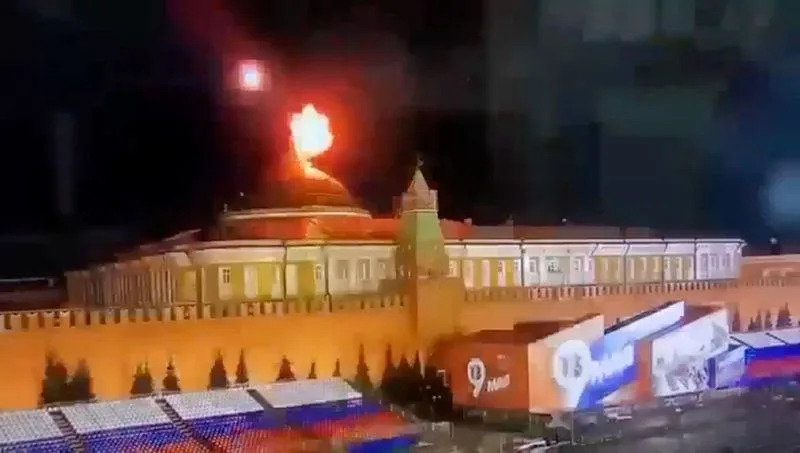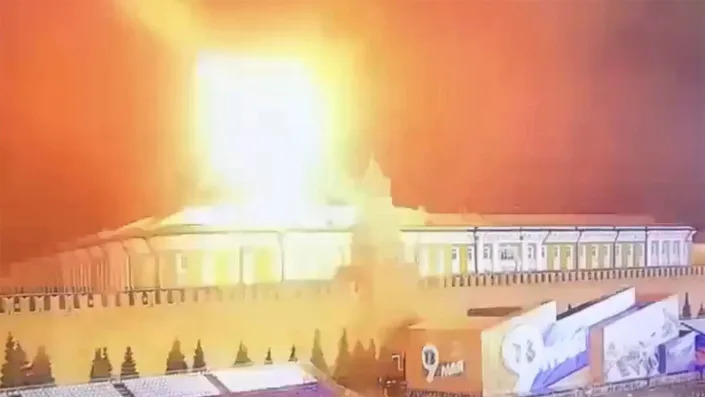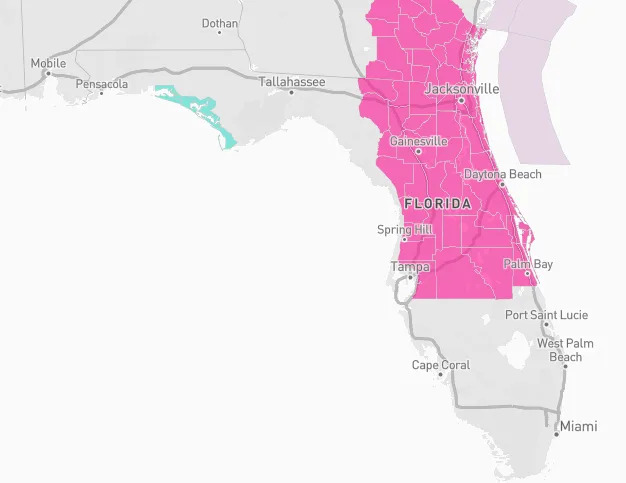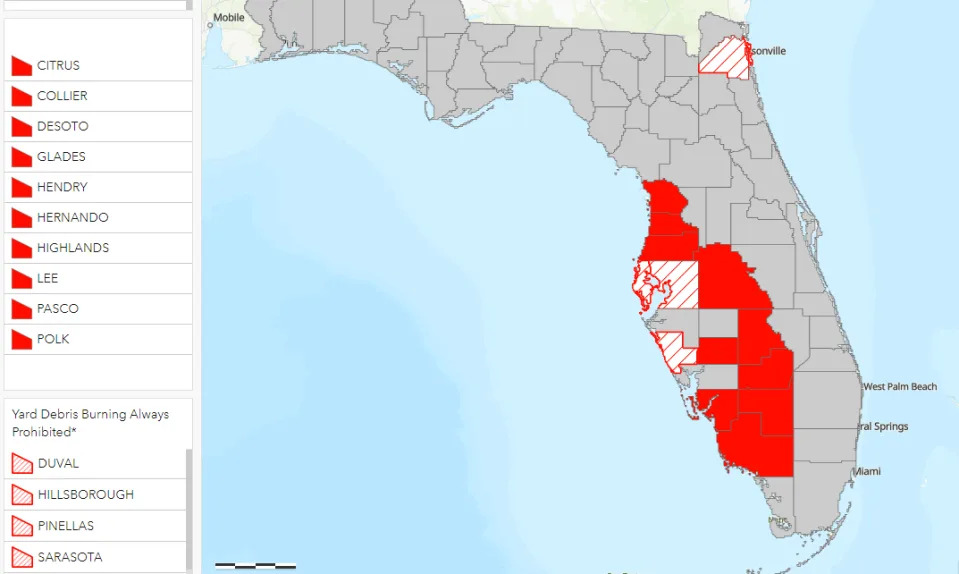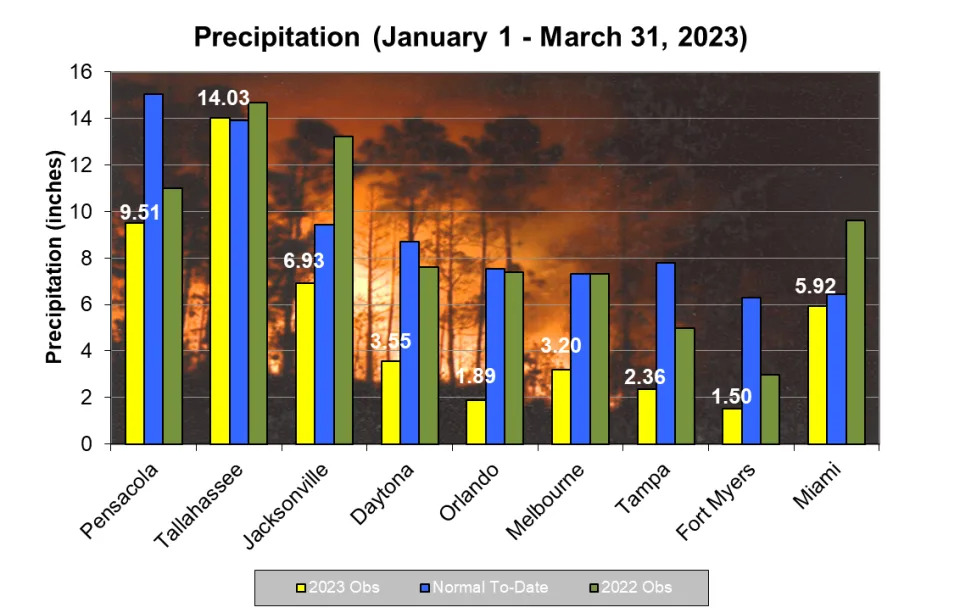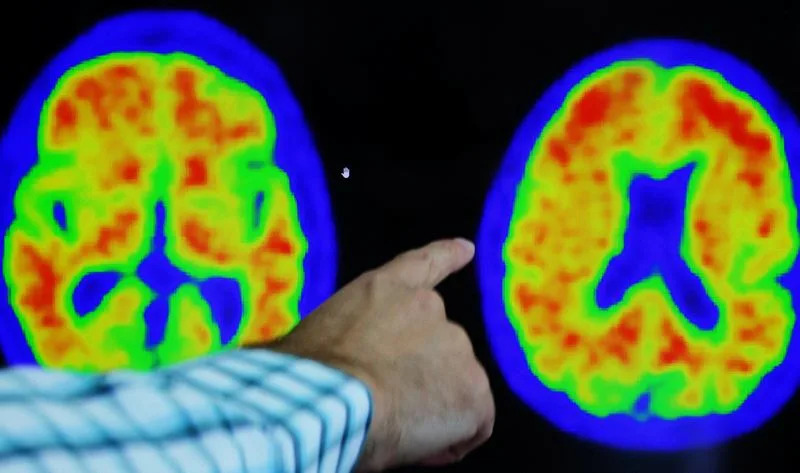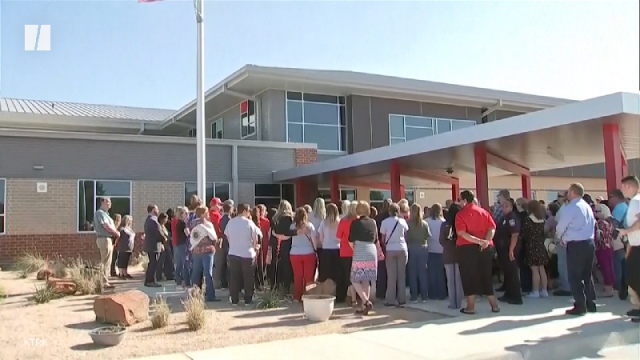Insider
There are big problems with the way the Kremlin drone incident went down, and war experts say Russia ‘likely staged’ it
Mia Jankowicz – May 4, 2023
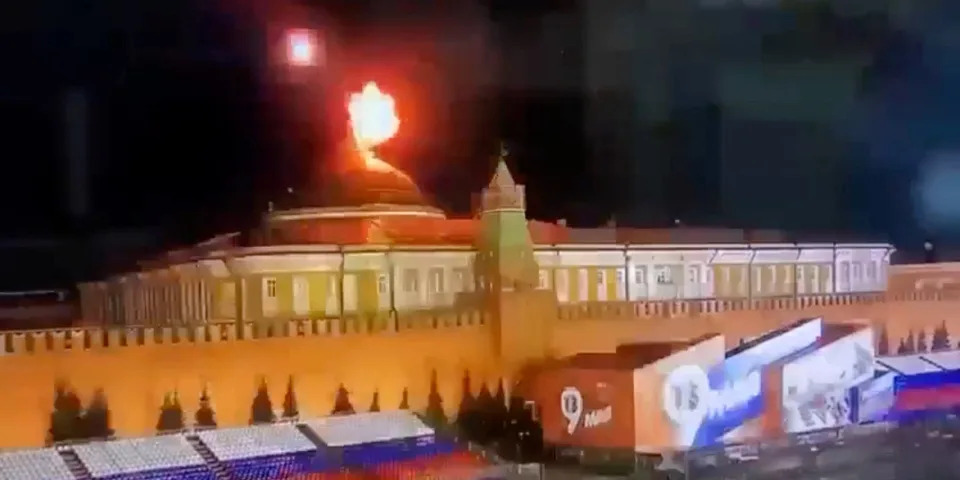
- Much remains unknown about the drone incident that the Kremlin announced on Wednesday.
- A US think tank, however, argues it was “likely” a Russian false-flag operation.
- Several commentators have cautiously noted the potential political benefits for Russia.
A US think tank says Russia “likely” staged a drone attack on the Kremlin as a false-flag operation, with other observers noting how politically advantageous the incident would be for Russian President Vladimir Putin.
Russia on Wednesday claimed that two drones — one of which was apparently caught on camera exploding — were sent over the Kremlin as a “planned terrorist act and an attempt on the president’s life.” It characterized the incident as a Ukrainian attack.
Ukrainian President Volodymyr Zelenskyy quickly denied any involvement.
The Kremlin was largely unharmed in the incident, and Putin wasn’t in the building at the time.
As military experts told Insider, many details of the incident — and ultimate responsibility for it — remained unconfirmed as of Thursday.
But the Institute for the Study of War, a US think tank that produces a detailed daily situation update on Russia’s invasion of Ukraine, says “several indicators suggest that the strike was internally conducted and purposefully staged” by Russia.
Russia has bolstered its multilayered air defenses around Moscow, making it “extremely unlikely” that two drones could get close enough to explode “just over the heart of the Kremlin in a way that provided spectacular imagery caught nicely on camera,” the ISW said.
The think tank pointed to geolocated images of Russia installing advanced Pantsir surface-to-air missile-defense systems around Moscow earlier this year.
Moscow and the central industrial district are defended by the 1st Air and Missile Defense Army, equipped with S-300 or S-400 surface-to-air missile systems, as Defense News reported. The Russian defense ministry is also working to further bolster these capabilities by year-end.
The highly coordinated public statements made immediately after the incident also suggest it was no surprise to Russia, the ISW said.
Russia’s much-hyped annual Victory Day celebrations are looming on May 9 — but have been pared back nationwide over security concerns.
Some observers have argued that the celebrations could turn into a show of dissent against Russia’s invasion of Ukraine, as the BBC reported.
The Kremlin could use the drone incident to justify scaling them back even further, which would help it in “framing the war in Ukraine as directly threatening Russian observance of revered historical events,” the ISW wrote.
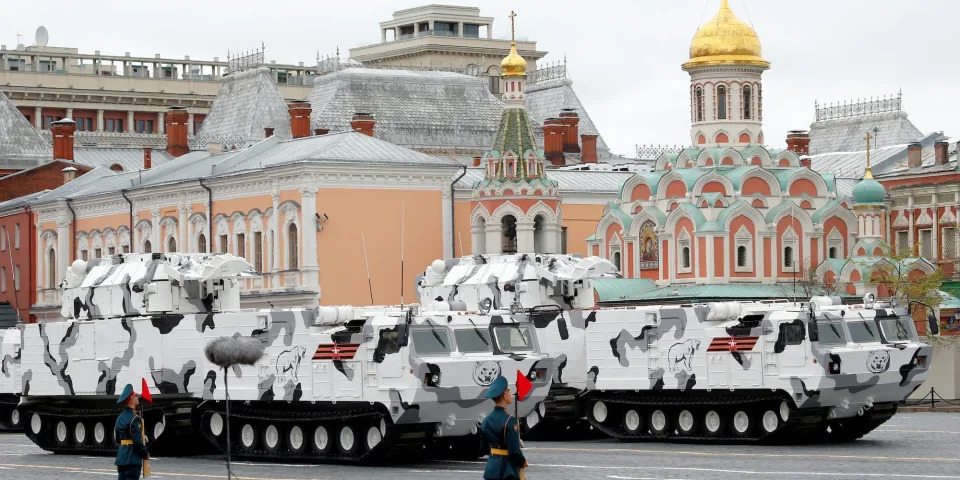
Several commentators have speculated on the positive political possibilities for Russia in staging such an attack, both domestically and on the international stage.
“Russia needs some sort of justification for why they are continuing to stay in Ukraine,” Marina Miron, a postdoctoral researcher at the Department of War Studies at King’s College London, told Insider, speaking hypothetically about the incident.
“And so this has a message for the domestic populace to say: ‘Look how dangerous Ukraine is. They’re even trying to kill Putin.'”
“The motives are all really in Russia’s favor,” an unnamed UK senior defense source told the Sky News correspondent Tamara Cohen.
The source echoed Miron’s sentiments, saying it would encourage “the public to rally round; excuse for more random and reckless bombardments; trying to gain sympathy for Russia over Ukraine.”
Russia also has a history of false-flag attacks and is known to make demonstrably false claims around international incidents.
Still, other theories — such as the drone incident being a warning signal from Ukraine or the work of Russian dissidents — are far from closed off, experts told Insider.
Some commentators have said Ukraine’s denial is undermined by the fact that it has also denied prior incidents on Russian territory that have been widely attributed to Kyiv.
James Patton Rogers, a drone expert, hypothesized that the drones used could have been the Ukrainian UJ-22, which was most likely used in a prior attempt on a Gazprom site near Moscow in February. He said the earlier strike could have been a test to feel out Moscow’s air defenses.
The Russian defense and foreign ministries didn’t immediately respond to requests for comment.


